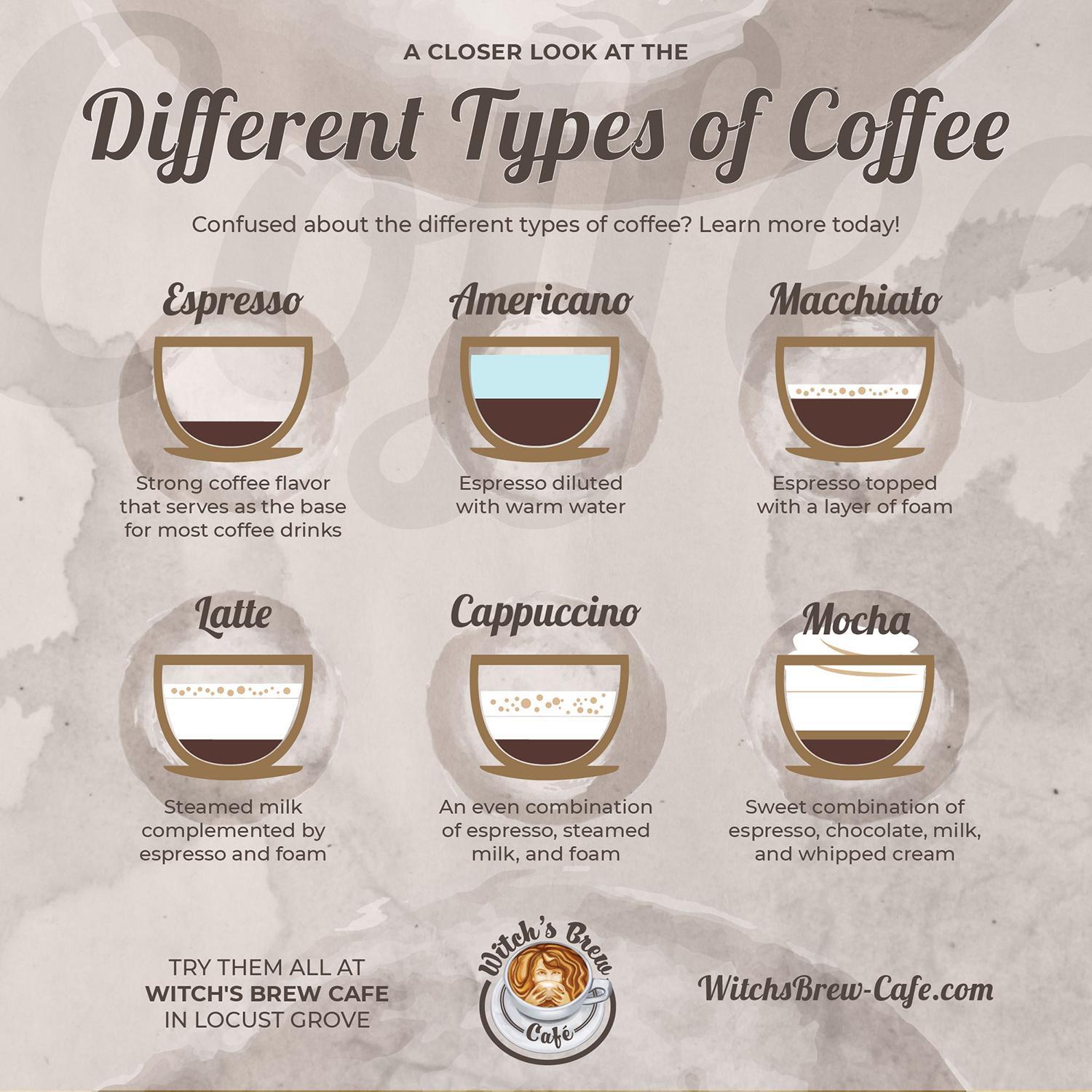What is the Difference Between Coffee and Espresso?
As a passionate coffee lover, I’ve often wondered, “What exactly sets coffee and espresso apart?” Both come from the same beans, yet their taste, texture, and caffeine impact vary greatly. After some research, I’m excited to share the key differences I’ve discovered.
While both beverages start with either Arabica or Robusta beans and involve brewing ground beans with water, they diverge significantly in terms of preparation, grind size, brewing time, flavor, and caffeine content. Understanding these differences can help you better appreciate each drink, whether you’re a casual coffee drinker or an espresso aficionado.
The Fundamental Difference: Brewing Process
The main distinction between coffee and espresso lies in how they are brewed. The brewing method significantly impacts flavor, texture, and caffeine concentration.
For regular coffee, methods such as drip coffee makers, pour-overs, or French presses are commonly used. These techniques allow for slower extraction, with hot water passing through coarsely ground beans over several minutes. The result is a milder, less concentrated beverage that many enjoy daily.
Espresso, in contrast, is brewed using pressure. An espresso machine forces near-boiling water through finely ground coffee at around 9 bars of pressure, resulting in a quick extraction process that takes only 25-30 seconds. This produces a rich, concentrated shot with a thicker texture and a bold flavor, topped with a golden-brown foam called crema.
In essence, the brewing method is what truly sets coffee and espresso apart. While regular coffee is like a slow, relaxing soak, espresso is a fast, high-powered shot of flavor.

Grind Size and Bean Preparation
Grind size plays a crucial role in the taste and texture of both coffee and espresso. Regular coffee uses coarser grounds since the water takes longer to pass through the beans. A coarser grind ensures balanced flavor extraction without bitterness during the longer brewing process.
Espresso, however, demands a much finer grind. The water is pushed through the coffee grounds quickly, so the smaller particles allow for maximum flavor extraction in a shorter time. This fine grind, combined with the high-pressure brewing, is what gives espresso its bold, concentrated taste.
I once tried making espresso with a regular coffee grinder and ended up with a watery shot. This experience taught me how important the right grind size is for achieving a perfect espresso.
Taste Comparison: Bold vs. Smooth
Coffee and espresso offer distinct taste experiences. Regular coffee usually has a smoother, more mellow flavor. The slower extraction process leads to a balanced, less intense drink with a lighter mouthfeel.
Espresso, on the other hand, delivers a bold, robust taste. Its flavor is intense and concentrated, with a thicker texture often described as syrupy. Depending on the beans, espresso can have earthy, nutty, or fruity notes, but its intensity is always prominent.
When I want to slowly savor a drink, I go for a regular cup of coffee. But when I need a quick, powerful flavor boost, espresso is my drink of choice.
Caffeine: Which One Delivers More?
There’s a common misconception that espresso has more caffeine than regular coffee because of its strong flavor. While espresso is indeed more concentrated, the total caffeine content depends on serving size.
Per ounce, espresso has more caffeine, with around 63 milligrams per shot. Regular coffee has approximately 95 milligrams per 8-ounce cup. However, since espresso is consumed in smaller amounts, you might actually get more caffeine from a full cup of coffee than from a single shot of espresso.
For me, when I need a steady energy boost, a cup of coffee does the trick. But for a quick jolt, especially in the afternoon, a shot of espresso is perfect.

The Crema: Espresso’s Signature Element
One of the most visually distinctive aspects of espresso is its crema. This golden-brown foam forms on top of a well-pulled shot of espresso, created when pressurized water emulsifies the coffee’s natural oils.
Crema enhances the texture of espresso, giving it a smooth, velvety finish that complements its bold flavor. You won’t find crema in regular coffee since it requires the high-pressure brewing of espresso machines. Personally, I find crema to be the perfect finishing touch to an excellent shot of espresso—like the cherry on top of a decadent dessert.
Versatility in Beverage Options
Another key difference lies in how each drink serves as the base for other beverages. Regular coffee is often enjoyed plain or with a splash of milk but is rarely used as the foundation for more complex drinks.
Espresso, however, is incredibly versatile. It’s the base for many popular drinks like lattes, cappuccinos, macchiatos, and Americanos. Each of these drinks starts with espresso and adds various amounts of milk, foam, or water to create distinct flavors and textures. I love experimenting with espresso-based drinks, especially when I’m feeling creative.
Conclusion: Coffee vs. Espresso
While both coffee and espresso come from the same beans, their distinct brewing methods, grind sizes, and flavor profiles make them two unique beverages. Coffee, with its slower extraction, provides a smoother, lighter experience, perfect for sipping slowly. Espresso, brewed quickly under pressure, delivers an intense, concentrated flavor that can be enjoyed on its own or as the foundation for various drinks.
Ultimately, the choice between coffee and espresso depends on your preferences. If you prefer something smooth and mild, regular coffee is a great option. But if you’re in the mood for something bold and flavorful, espresso is the way to go. Both drinks have their time and place, depending on your mood or the time of day, and appreciating their differences can elevate your coffee experience.
